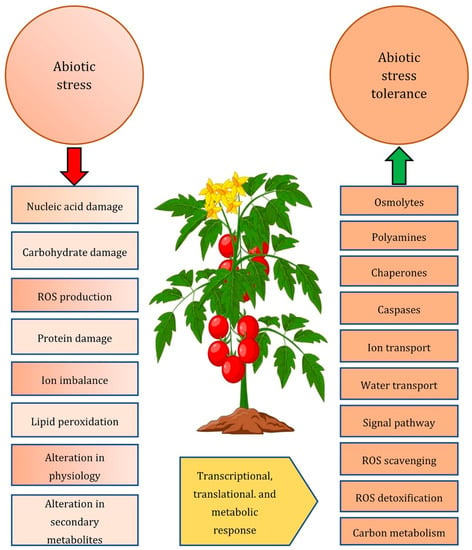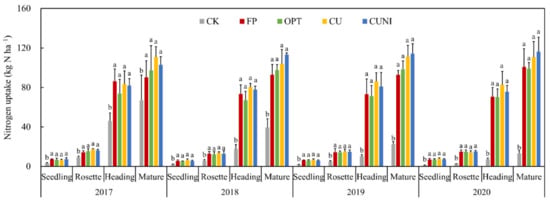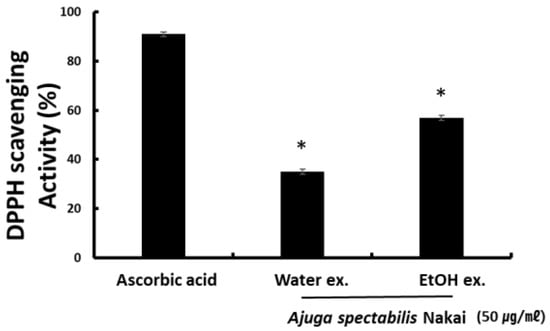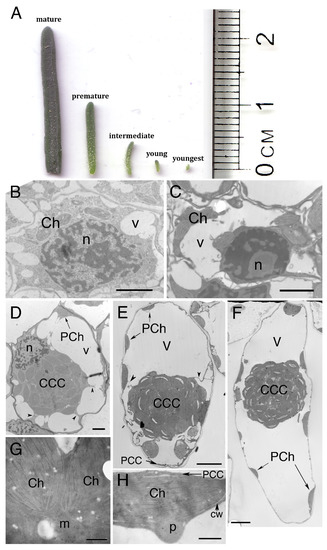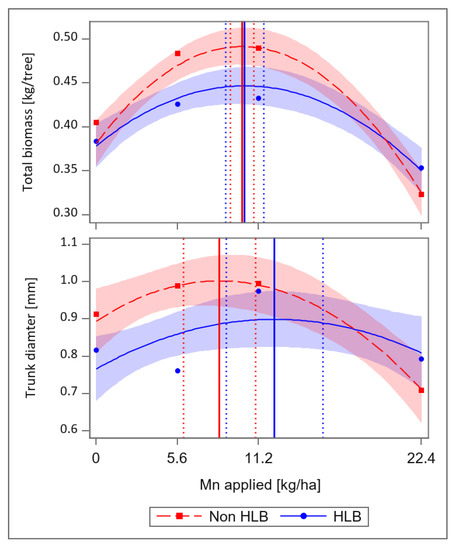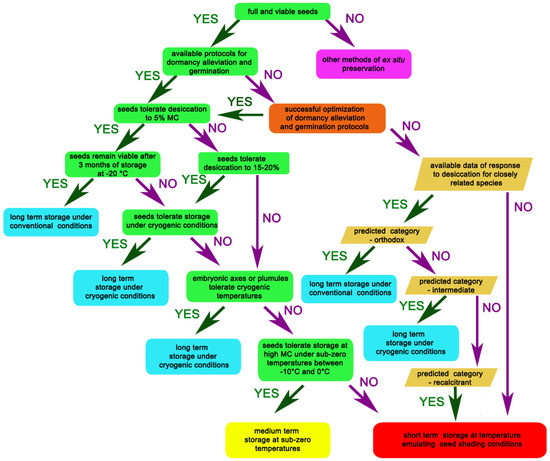1
School of Biotechnology, Sher-e-Kashmir University of Agricultural Sciences and Technology of Jammu, Jammu 180009, India
2
Division of Integrated Farming System, ICAR—Central Arid Zone Research Institute, Jodhpur 342003, India
3
Division of Plant Breeding and Genetics, Sher-e-Kashmir University of Agricultural Sciences and Technology of Jammu, Jammu 180009, India
4
Division of Entomology, Sher-e-Kashmir University of Agricultural Sciences and Technology of Jammu, Jammu 180009, India
5
Division of Biochemistry, ICAR—Indian Agricultural Research Institute, New Delhi 110001, India
6
Division of Crop Improvement, ICAR—Central Institute for Arid Horticulture, Bikaner 334006, India
7
Department of Agricultural Sciences, University of Naples Federico II, Portici, 80055 Naples, Italy
8
ICAR—Indian Institute of Vegetable Research, Jakhini (Shahanshapur), Varanasi 221305, India
Plants 2023, 12(1), 86; https://doi.org/10.3390/plants12010086 - 23 Dec 2022
Cited by 6 | Viewed by 3549
Abstract
The tomato is one of the most important vegetables in the world. The demand for tomatoes is high in virtually any country, owing to their gastronomic versatility and nutritional and aromatic value. Drought, salinity, and inadequate temperature can be major factors in diminishing
[...] Read more.
The tomato is one of the most important vegetables in the world. The demand for tomatoes is high in virtually any country, owing to their gastronomic versatility and nutritional and aromatic value. Drought, salinity, and inadequate temperature can be major factors in diminishing yield, affecting physiological and biochemical processes and altering various metabolic pathways, from the aggregation of low molecular–weight substances to the transcription of specific genes. Various biotechnological tools can be used to alter the tomato genes so that this species can more rapidly or better adapt to abiotic stress. These approaches range from the introgression of genes coding for specific enzymes for mitigating a prevailing stress to genetic modifications that alter specific metabolic pathways to help tomato perceive environmental cues and/or withstand adverse conditions. In recent years, environmental and social concerns and the high complexity of the plant response may increase the attention of applied plant biotechnology toward biomimetic strategies, generally defined as all the approaches that seek to develop more sustainable and acceptable strategies by imitating nature’s time-tested solutions. In this review, we provide an overview of some of the genetic sequences and molecules that were the objects of biotechnological intervention in tomato as examples of approaches to achieve tolerance to abiotic factors, improving existing nature-based mechanisms and solutions (biomimetic biotechnological approaches (BBA)). Finally, we discuss implications and perspectives within the GMO debate, proposing that crops modified with BBA should receive less stringent regulation.
Full article
(This article belongs to the Special Issue Morphological, Physiological, Metabolic, and Genetic Aspects of Eustress in Horticultural Crops)
▼
Show Figures

